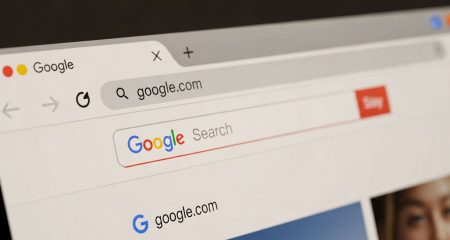
US Internet giant Google is keen to invest in and support SA companies that want to build pilot wireless broadband networks using radio frequency spectrum currently reserved for television broadcasters.
Neil Ahlsten, Google regional manager for new business development, speaking at a television “white spaces” telecommunications conference in Sandton on Wednesday, says the company is “very interested” in forging partnerships with SA companies to launch trial networks.
White spaces are a hot-button topic in telecoms worldwide. Regulators in the US, Europe and elsewhere have proposed utilising unused spectrum between television channels to provide wireless broadband solutions. The lower frequencies in question are particularly well suited for delivering broadband in rural areas, and the technology is therefore seen as a potential way of bridging the “digital divide” between the connected and the unconnected.
What’s particularly exciting about white-space spectrum is regulators are proposing opening it up in an unlicensed fashion, meaning anyone can use it, much like they can the spectrum around 2,4GHz, which is used for Wi-Fi networks.
The UK and the US are both running trial networks and Ahlsten says Google is keen to support local tests, both with financial and technical assistance.
Ahlsten has previously worked on Google’s project in the US to take high-speed fibre connections into homes and businesses and regards white-space spectrum as a great way of connecting Africa.
“SA is a very special market because it has highly trained, first-world engineers and businesspeople who are trying to solve problems for the rural areas as well,” Ahlsten says. “This is an area where SA really can be part of this first phase and export [technology solutions] to the rest of Africa and maybe even the rest of the world.”
Africa, he says, is “by far the least wired continent”. Though the use of mobile cellular data is catching up with the rest of the world, fixed broadband penetration is just 0,2%.
Opening up unlicensed spectrum in white spaces would help connect the continent and spur innovation, Ahlsten believes. “We’ve already seen that in the 2,4GHz band, where Wi-Fi is ubiquitous.”
He says unlicensed spectrum brings down the cost of communication and represents a low barrier for new entrants. “It allows for a very different market structure.” — Duncan McLeod, TechCentral
- Image: Robert Scoble
- Subscribe to our free daily newsletter
- Follow us on Twitter or on Facebook




